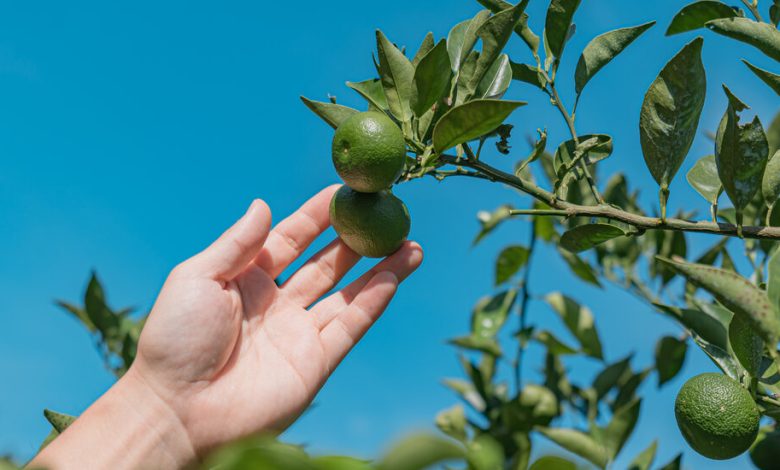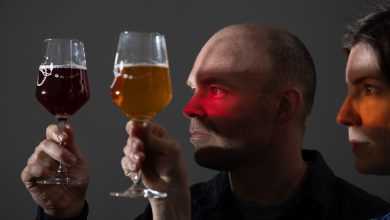The Chef Junghyun Park Dives Deep in ‘The Korean Cookbook’

Have you resolved to expand your culinary repertoire in the New Year? Published late last year, “The Korean Cookbook” by Junghyun Park, the chef at Atomix and others in New York, and Jungyoon Choi, a chef and writer, provides nearly 500 pages of comprehensive illustrated coverage of hansik, or Korean food culture. It surveys history, geography, vocabulary, techniques, ingredients, meal structure and the evolution of Korean food, all for the home cook, starting with fermentation and kimchi, bap (rice) and banchan, the other dishes arrayed on the table to elevate that simple bowl of rice. These include namul (vegetables), wraps, pancakes, broths, stews, dumplings, porridges and sweets. The point is made, repeatedly, that despite the ubiquity of beef in Korean restaurants in the West, notably short ribs, vegetables actually dominate the cuisine. There is a great deal to learn. The 350 recipes do not represent a personal collection but a textbook survey, with some simple treasures like superbly fresh raw fish bibimbap, japchae glass noodles, kimchi fried rice and cucumbers stir-fried with richly marinated beef, all calling for ingredients that are easy to obtain. Others are more challenging, requiring dried jujube, salted shrimp, chrysanthemum leaves and Korean pancake mix. (Possible substitutes are rarely suggested.) And with its focus on regional cooking, the book needs a map for those unfamiliar with Korean geography.
“The Korean Cookbook” by Junghyun Park and Jungyoon Choi, (Phaidon, $54.95).
Bone Broth for One
The chef Marco Canora was an early proponent of bone broth with his Brodo shop and the Brodos he sells online and in stores. He started 10 years ago dispensing the broth by the cup like a grandma in an Italian village from a takeout window at his restaurant Hearth, in the East Village. Now, just in time for winter, he has introduced handy single-serving eight-ounce packages of the broths, not needing refrigeration. Heating helps though. There’s a kick to the Deeply Rooted with ginger and turmeric, and the Spicy Nonna with garlic and chile. Basic organic chicken and the original, with poultry and beef bones, are some other varieties; Tuscan Sun with rosemary and lemon, and Tom Yum combining coconut, lime, and chile are coming soon.
$5.50 for eight ounces, available in multiples and by subscription, brodo.com.
Egg Without the Egg (Mostly)
Forget which came first. The latest arrival on the egg front is not an egg at all, but a yellow vegan plant-based liquid called Every Egg that behaves astonishingly like a whole beaten egg. It’s made by the Every Company, a biotech firm in San Francisco, from protein that is brewed from yeast and replicates egg protein (it’s not for those with egg allergies). It can be beaten with a whisk to thicken it, then added to a pan with some fat and scrambled or rolled into an omelet. The texture and flavor came very close to the real thing in my skillet. (Full disclosure: I used butter.) Though crème anglaise is usually made just with yolks, I used Every Egg (with dairy) for excellent results. At Eleven Madison Park in December, Daniel Humm used it to make a savory sabayon sauce, a custardy chawanmushi, a classic crème brûlée and to emulsify a vinaigrette. “It’s pretty identical to a regular egg,” he said. “It’s simple, a natural product; that’s what attracted me to it.” It contains no fat or cholesterol. Fermentation appears to be the key to this and some other recently introduced animal protein substitutes. Consumers will not find Every Egg in their grocery stores any time soon, but it will be available for restaurants in coming months. The company also has an egg white substitute that it started selling in 2022.
Every Egg, everyegg.com.
All the Tannins, None of the Alcohol
For those who observe a dry January, and even those who don’t but would like to cut back on the alcohol, there are a couple of new nonalcoholic reds that are satisfying. What distinguishes them is the presence of tannins, an element often lacking in red wines with alcohol removed but which add depth, complexity and presence. A Washington State cabernet sauvignon aged in American oak, from Jøyus, could handle a steak. The new Misty Cliffs cabernet sauvignon-merlot blend from Atlantic Coast vineyards, in South Africa, also shows a bit of swagger instead of sweetness. It’s made by Reg Holder, who is the winemaker at Lautus, a South African winery that makes elegant nonalcoholic whites.
Jøyus Cabernet Sauvignon, $28.99, drinkjoyus.com; Misty Cliffs cabernet Sauvignon-merlot, $24, mistycliffswines.com.
Pantone Says 2024 Is All About Peach Fuzz
In 1999, long before there were “influencers,” the Pantone Color Institute, which specializes in color advice and trends for companies and others around the world, started announcing a color of the year. It affected fashion, home décor and more. This year’s color is peach fuzz, described in a statement by Leatrice Eiseman, the executive director of the institute, as being “radiant with warmth and modern elegance.” She said it “resonates with compassion, offers a tactile embrace, and effortlessly bridges the youthful with the timeless.” What that means for food and drink is that 2024 is poised to be the year of the Bellini, the Venetian combination of white peach juice and Prosecco.
Finding Sudachi Just Got Easier
Fresh yuzu, the increasingly popular Japanese lemony citrus, is not an everyday item. Bottled yuzu juice is much more available to use in cocktails and baking, and to add sparkle to a sauce. But suppose you need some sudachi juice, from a type of Japanese lime with juice that’s similarly tart but has a slightly sweeter finish and is required for a cocktail or marinade? Kankitsu Labo has started selling sudachi, pressed from fruit in Japan, in the United States. Yuzu juice is also available; both are made without additives or preservatives. Candied peels from assorted citrus fruits, like yuzu, amanatsu and setouchi lemon, is another specialty.
Sudachi and yuzu extracts, $24.20 for 9.3 ounces; candied citrus peels, $5 for about one ounce, kankitsulabo.com.
Follow New York Times Cooking on Instagram, Facebook, YouTube, TikTok and Pinterest. Get regular updates from New York Times Cooking, with recipe suggestions, cooking tips and shopping advice.



